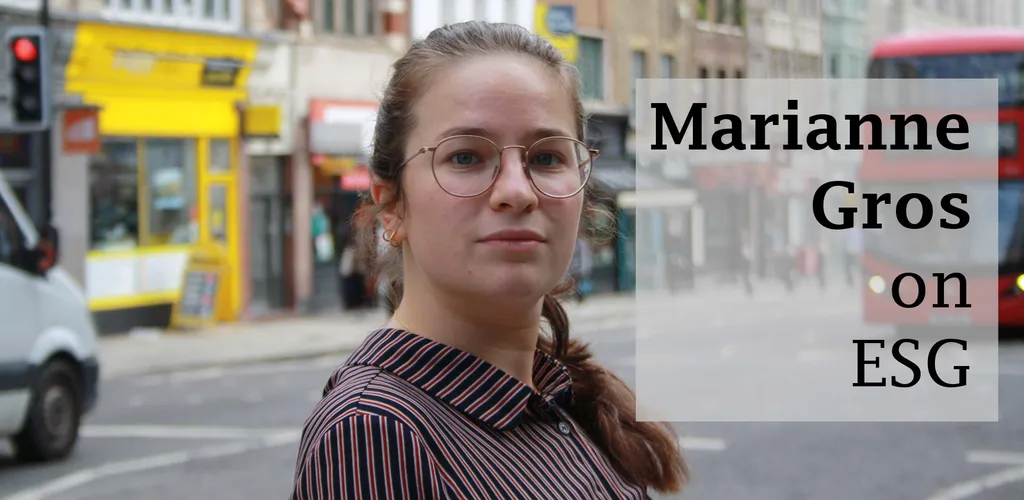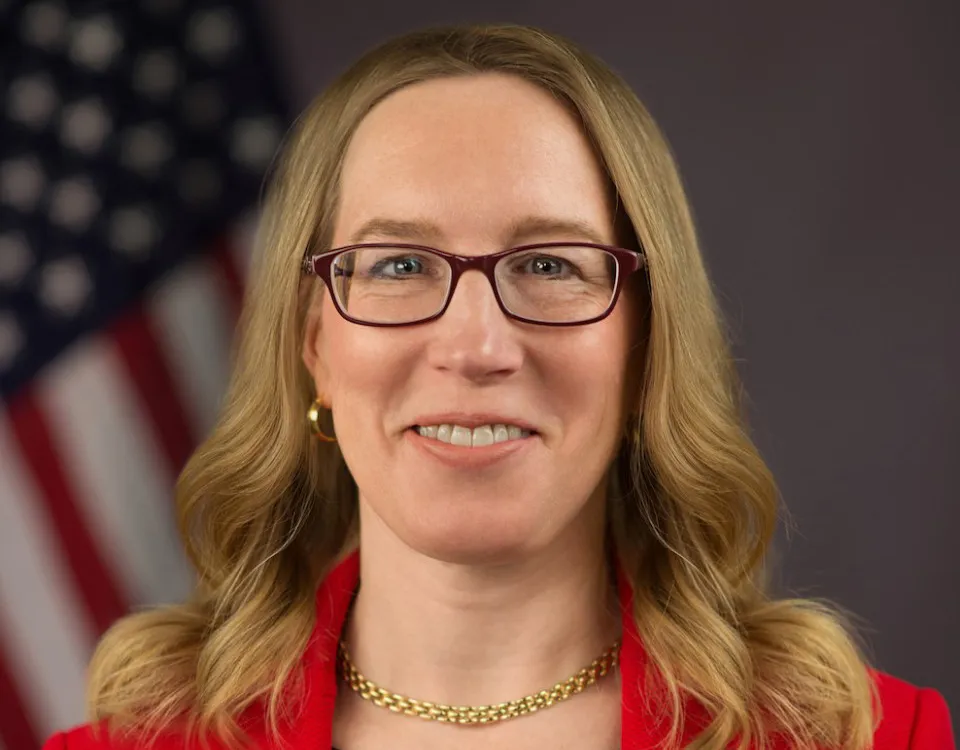What are we really doing here? Journalists often find themselves in situations where the duty to report comes at a cost that not everyone thinks is justified. As a climate finance reporter heading to COP for the first time, the conference in Sharm El-Sheikh was one of those moments.
The irony of seeing more than 800 private jets land at Sharm El-Sheikh International airport, just meters away from an obviously new and unused cycle lane was not lost on me. This year’s climate conference happened against the backdrop of a global energy crisis and the presence of 636 registered fossil-fuel lobbies forced even the most progressive sustainability leaders to admit that priorities have changed.
My own 7,800km round trip from London via Cairo totalled 1.4 ton of CO2 emissions. But as one sustainable aerospace expert told me at the conference, consumer-level awareness, while necessary, cannot be the only lever for the transformation of the global economy. Beyond a professional responsibility to cover the event for Euromoney, attending COP27 allowed me to consider my role in the climate finance conversation, and what the conference tells us about the financial sector.
Private finance waits for no one
The inability of state officials and financiers to agree on a definitive fossil-fuel phase-out strategy while still proclaiming a commitment to the 1.5-degree scenario is an insult to civil society. Well aware of this, governments chose to divert attention away from profitable brown businesses to focus instead on who should pay for ethical green activities.
In addition to launching a loss-and-damage fund – with no details on its size of its donors – the COP27 agreement calls for a transformation of the financial system to unlock $4 trillion to $6 trillion annually towards the transition to low carbon. The new climate finance goal is miles away from the original $100 billion-a-year blended finance pledged in 2012.
At first glance, this target reflects a global recognition of the true cost of aligning with the Paris Agreement. It also means that the funds are already available but stuck in the never-ending blame game between public and private custodians of capital.
To put it simply, the public sector wants its private counterpart to fund the transition by investing in green assets, from renewable energy projects to nature-based carbon capture solutions. But the private sector wants the public sector to de-risk those transactions by creating more of those investable assets with the right kind of policy protection.
If more accurate corporate data linking sustainability performance to business growth and financial or material risk becomes available, investors will be able to counter the aggressive anti-ESG pushback coming from fossil-fuel epicentres in the US and elsewhere
In its post-COP statement, the Net-Zero Banking Alliance (NZBA) writes: “As net-zero committed investors in the global economy, Alliance members need to see more resolve from world governments to raise their ambition, until they are in line with a low or no-overshoot 1.5C pathway, including explicit and meaningful commitments in the short term to phase down fossil fuels and ultimately phase them out.”
It’s an audacious statement, considering that fossil-fuel financing from the world’s 60 largest banks increased by $742 billion in 2021, according to the Banking on Climate Chaos 2022 report.
Forty-four out of the 60 banks in the report have committed to net-zero by 2050 and provided $145.9 billion in financing in 2021 for the 100 companies doing the most to expand oil, gas, and coal.
Banks don’t need top-down guidance to move forward on their transition pathways. If an accelerated divestment from the fossil-fuel industry is not feasible today, they should focus efforts on the energy optimization and decarbonization strategies of current and future clients. This is where COP has a greater purpose than it gets credit for.
Speaking about the lack of investable opportunities, one senior banker told me he had never seen a green asset that banks didn’t want to invest in. With 156 pavilions in the Blue Zone alone, two weeks’ worth of climate-tech related events in the Innovation Zone, and universities, research institutes and non-governmental organizations (NGOs) all present in the Green Zone, what I saw at COP27 was hundreds of companies with plans to develop those assets and looking for funding.
Recommendations can only go so far
One issue where a top-down approach is essential, however, is the enforcement of a strong regulatory environment that can ensure accurate and mandatory corporate disclosure.
In Sharm El-Sheikh, the Climate Data Steering Committee (CDSC) said that a beta pilot of the Net-Zero Data Public Utility (NZDPU) – which published its draft framework in September – will be up and running in the second half of 2023. “The open-data public utility will collect and aggregate net-zero climate transition data by drawing on private-sector climate commitments,” stated the CDSC.
Two additions to the climate alphabet can’t hurt, especially if they contribute to data accuracy on sustainable business practices. NZDPU should become a unified global basis for companies’ Scope 1, 2 and 3 reporting.
“Companies will have to conform their reporting to this standard, data providers will have to build this data into their impact and risk models, and investors who pursue net-zero targets will have to reallocate their portfolios based on this new data set,” says Oliver Marchand, head of MSCI’s Climate Risk Center in a COP27 review.
This is good news for a banking sector that is facing greater public scrutiny on its sustainability claims. But we also need to protect investors’ ability to then use that sustainability data to reallocate portfolios. The biggest threat to the private sector’s progress on financing the transition is the politically motivated policy changes we are witnessing today.
Just weeks before the conference, the Glasgow Financial Alliance for Net Zero (GFANZ) was forced to reconsider its alignment with the UN Race to Zero after US member banks raised concerns over the possible contradictions between the campaign and the legal environment in the US.
If more accurate corporate data linking sustainability performance to business growth and financial or material risk becomes available, investors will be able to counter the aggressive anti-ESG pushback coming from fossil-fuel epicentres in the US and elsewhere.
Hope is in the detail
In some ways, the COP Implementation Summit comes second to the B2B collaborations taking place at the conference. The banking sector doesn’t operate in a vacuum, and although there is a need for central banks to rethink the global financial architecture, businesses and NGOs used the conference to make precise sustainable changes today.
I don’t think anyone believes the UN Framework Convention on Climate Change itself will prevent climate collapse, but if COP can facilitate further interaction between sustainable finance teams, the science community and civil society, then the event serves a purpose. I, for one, was glad to be there.




